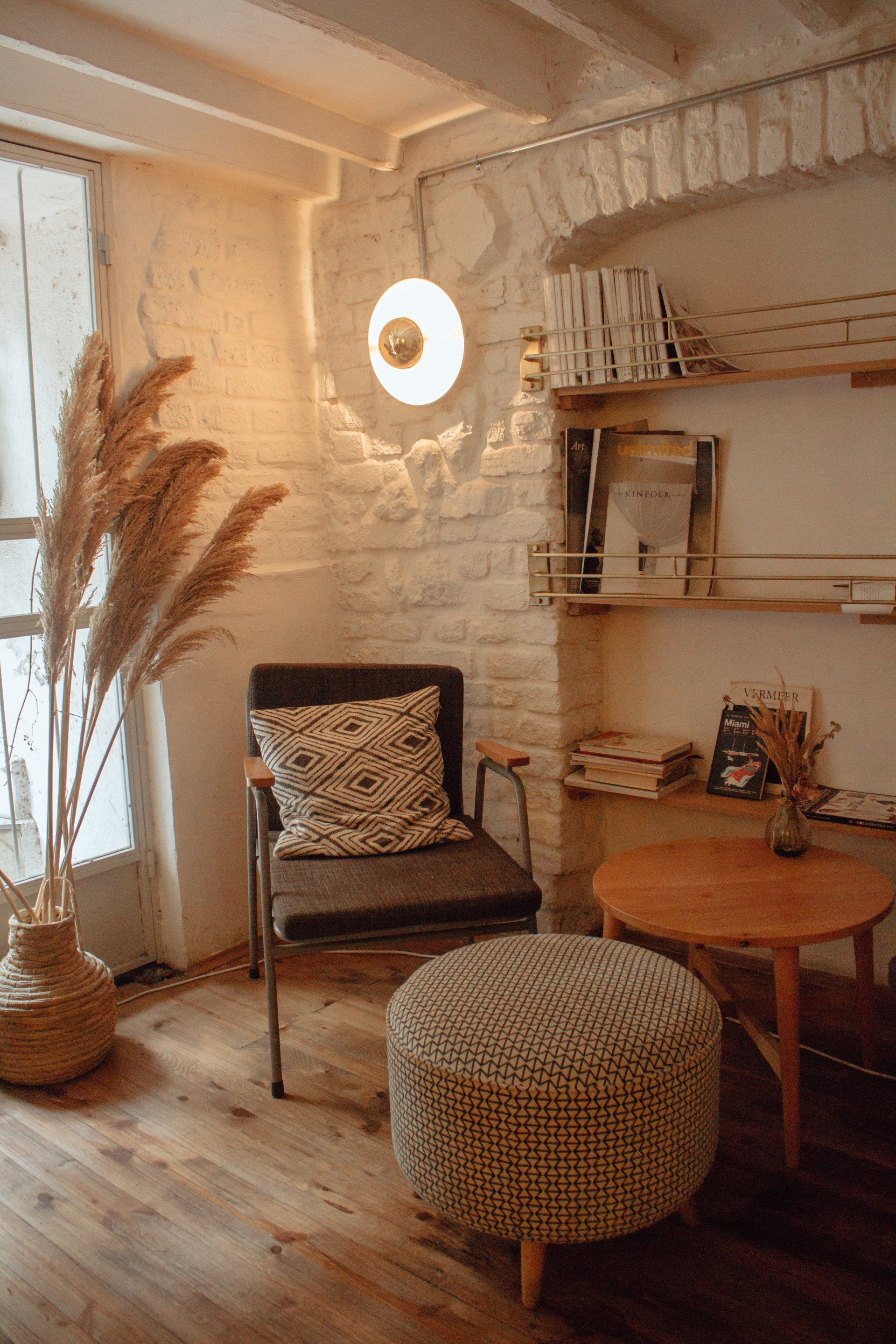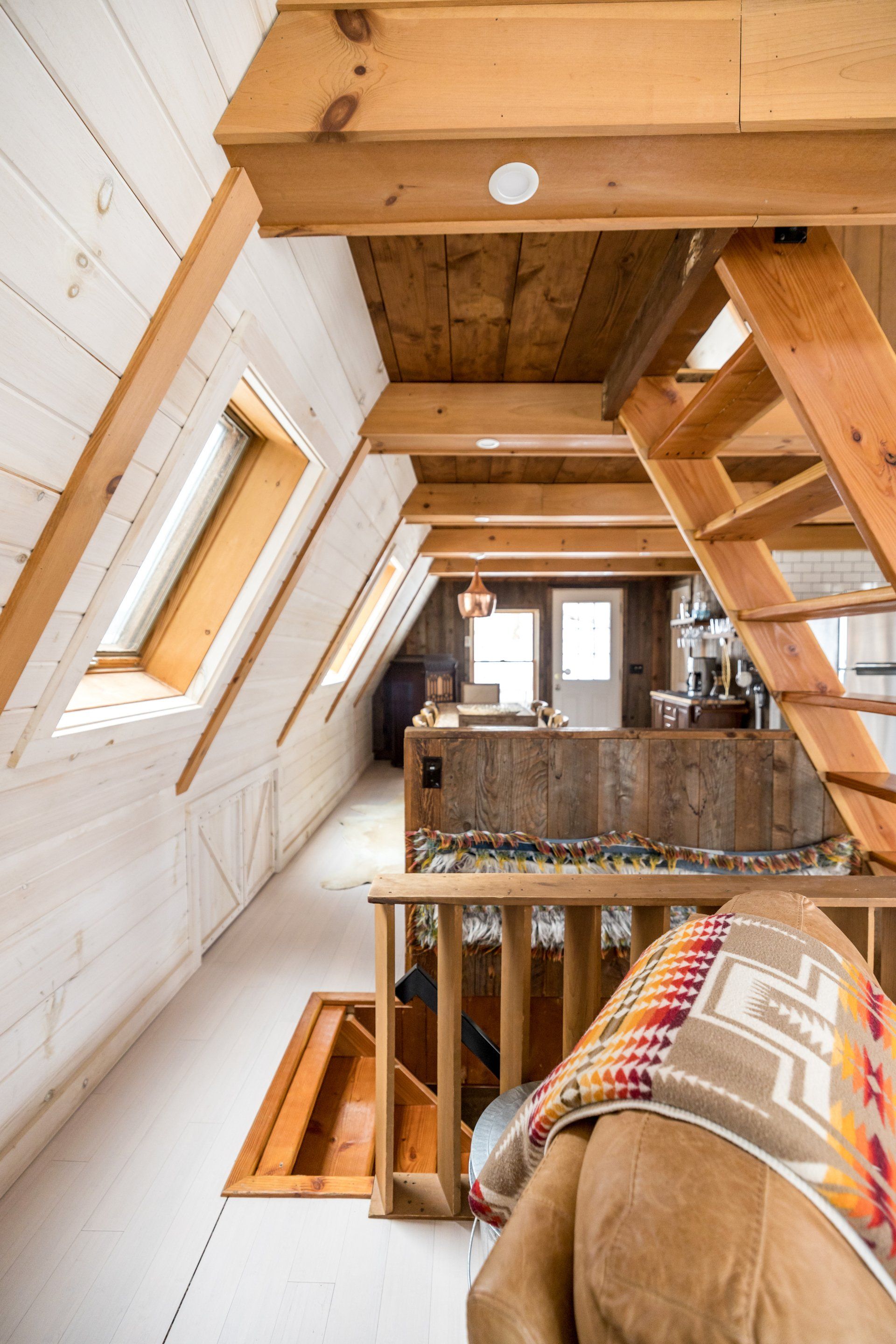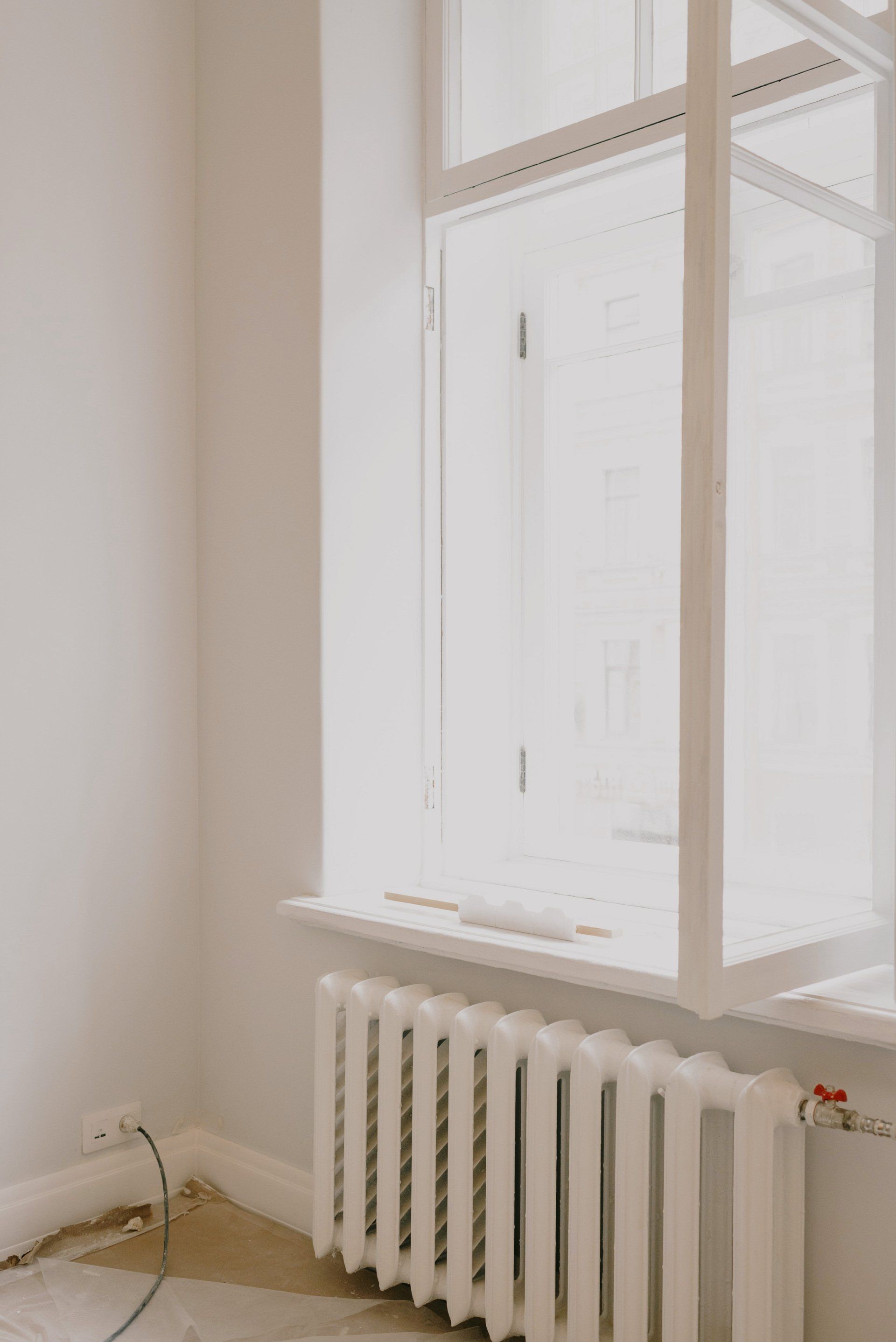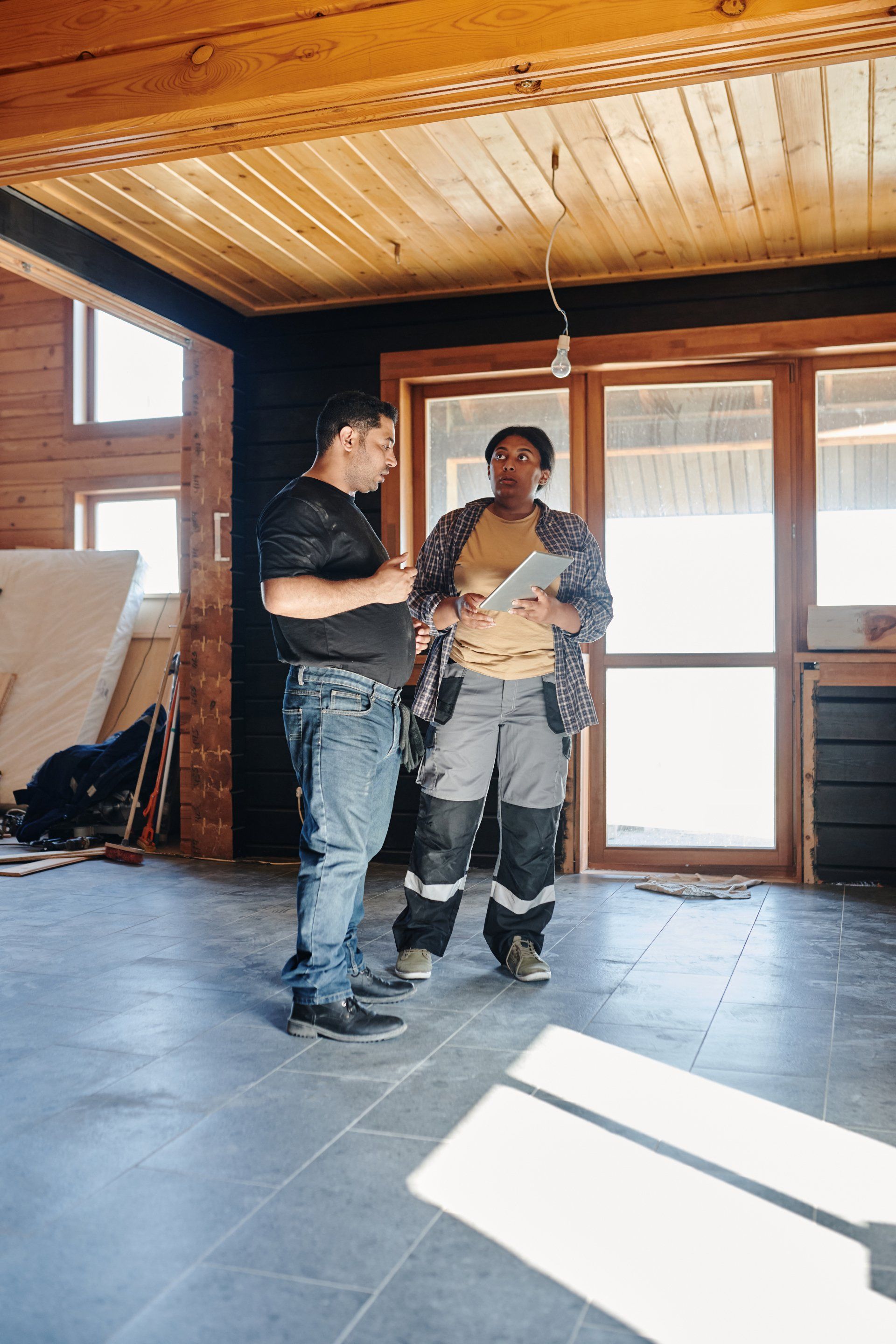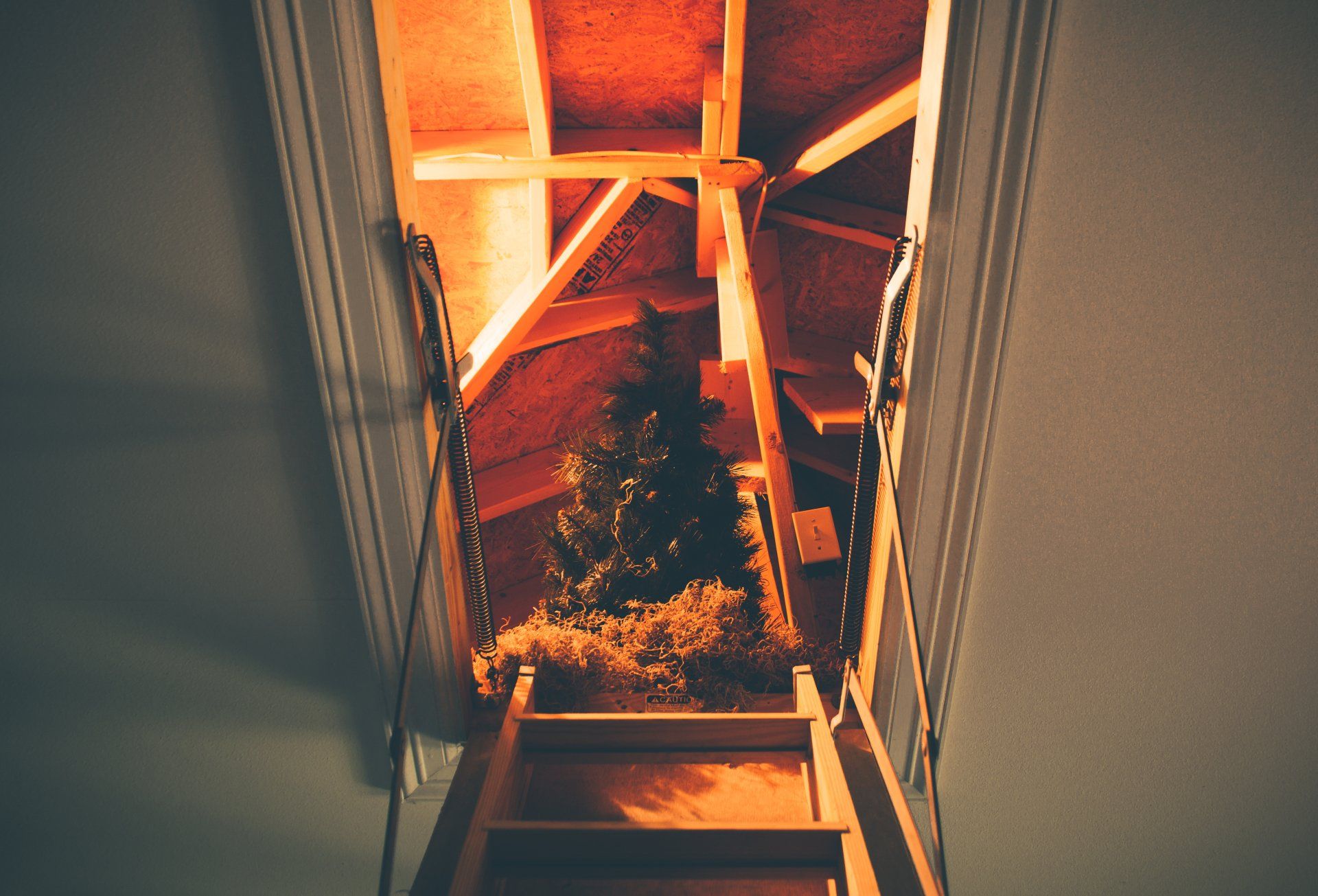Which is the most effective attic insulation for your home?
Which is the most effective attic insulation for your home?
Attic insulation that is properly installed can be an easy way to keep the temperature of your house cool and warm. But deciding which type of insulation is ideal could be a challenge. There are a variety of options available, and you might not be familiar with all of them, especially if you're a first-time homeowner. It's crucial to be aware that attic insulation was designed to suit your particular climate, including local weather conditions and construction materials. This means that the products that work well for your neighbor's attic might not be suitable for yours. How do you determine which kind of insulation for your attic is the best fit for your home?
Through this post, discover the various types of attic insulation and the most appropriate one for your home.
What should you look for when selecting the best attic insulation?
R-values measure the degree to which a material can withstand heat. The greater the R-value, the higher the insulation value that the substance has. To properly protect your home from the elements, it is important to know the meaning of R-value and how it impacts your comfort as well as your energy costs.
The R-value will usually be mentioned in the description of the product or on the packaging. Since radiation foil insulation was designed to reflect heat, not hinder heat transmission, it's not evaluated in terms of its R-value. Your R-value for your house's insulation is also determined by the place you reside.
3 Types of Common Attic Insulation
1. Fiberglass Insulation
Fiberglass insulation is one the most well-known kind of insulation that is in use at present. It is made up of small glass fibers that are designed to block loss of heat and can be utilized in businesses and homes. The R-value for fiberglass batts can range between 2.2 and 4.3; for specially designed high-density fiberglass, this means it's generally the most inefficient at insulation.
Fiberglass insulation is available in a range of thicknesses and can be used in attics as well as walls, ceilings, and crawlspaces. It is usually used as batts or loose-fill and applied by spray.
2. Cellulose Insulation
Cellulose insulation is constructed from recycled wood or paper. It's much denser than fiberglass. It can keep your home warm in winter and cooler in summer. Because cellulose is made of recycled components, many believe it is green. While cellulose does have a slightly greater percentage of recycled materials than other kinds of insulating; however, it is not able to achieve the overall "green" grade in terms of its impact on the environment.
There are some things to keep in mind when using cellulose insulation. Cellulose insulation is flammable in nature and is treated with large quantities of chemicals that are anti-flammable. The Consumer Products Safety Commission mandates that all manufacturers of cellulose inform their customers of the dangers of fire from insulation made from cellulose.
When cellulose is put in the first place in the attic, it produces a lot of dust. So if you're in the attic when the cellulose insulation is being built, ensure that your breathing mask and safety glasses are securely secured.
3. Foam Insulation
Foam insulation is composed of polyurethane, which is a kind of plastic. It is composed of two parts that are an isocyanate and polyol. When these two compounds are combined, they react and then form an agent for foaming. This foam expands and creates an airtight seal and assists in preventing heat transfer. Foam insulation can be utilized in commercial, residential, and industrial applications. It is a good choice for attics, walls, ceilings and crawl spaces.
Foam insulation comes in two types: closed-cell (R-value 7) and open-cell (R-value 3.5).
It is impossible for water to penetrate the insulation, so it does not let water in or absorb it. The foam also contains an anti-mold polymer. It prevents mildew and mold growth, and therefore, they stand zero chance of growing within the foam.
Foam is never stretched or loses its effectiveness. It can be used for a long time without needing attention, even in the midst of extreme temperatures.
Edmonton Insulation Quote
